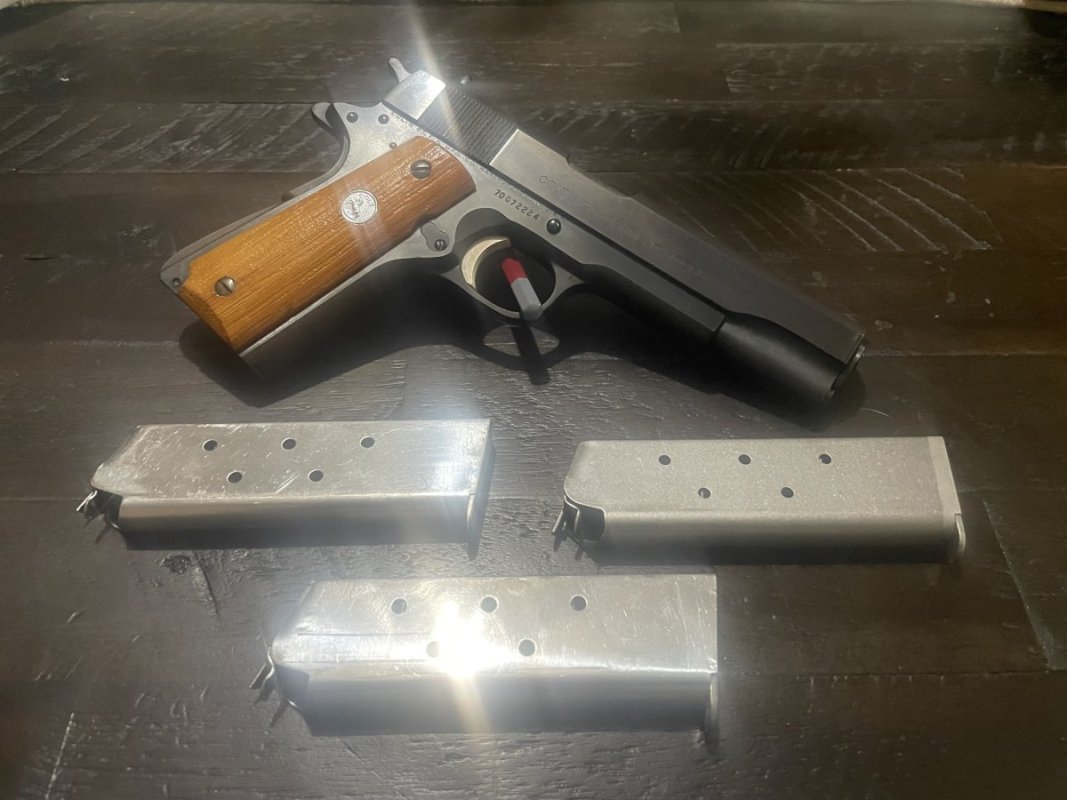[video=youtube_share;xohy9gWz7kk]http://youtu.be/xohy9gWz7kk[/video]
The cartridge propels its 3,600 gr (230 g) bullet at approximately 2,200 ft/s (670 m/s). This yields a muzzle energy of 38,685 ft·lbf (52,450 J)[1] and a momentum of 154.1 Newton-seconds. This kinetic energy would allow the .950 JDJ to pass through several body-armored humans. It is comparable to the original tank rounds of World War I in terms of ballistic energy.
By comparison, the 5.56x45 cartridge, used in the M16 rifle, produces between 1,200â1,300 ft·lbf (1,600â1,800 J), while the .308 Winchester, a favorite for hunters and medium-range police/military sniping, produces between 2,000â3,000 ft·lbf (2,700â4,100 J) depending on the load used. The ballistics of the .950 JDJ is more similar to that of the 20mm autocannon round, which delivers approximately 39,500 ft·lbf (53,600 J). The muzzle energy of the .950 JDJ is comparable to the kinetic energy of a 2,800 lb (1,300 kg) automobile traveling at 20 mph (32 km/h).
In a 110 lb (50 kg) rifle, this will develop well over 200 ft·lbf (270 J) of free recoil energy if an efficient muzzle brake is not used. This is far beyond the shoulder-firing capacity of nearly all humans, even without considering the difficulty of shouldering such a heavy rifle. Shooting is usually heavy "lead sled" or similar shooting rest, and the rifle is not held to the shoulder because of the severe recoil and possible injury. The rifle scope has significant eye relief to avoid injuring the ocular orbit.










